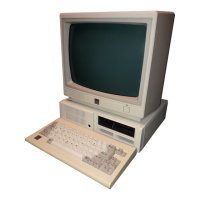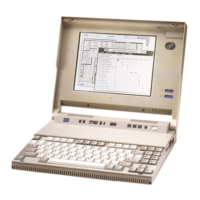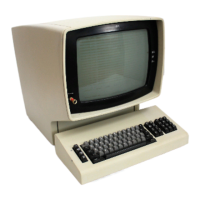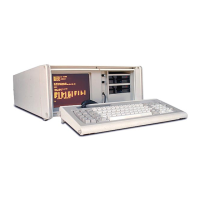Chapter 1. Microprocessors and Memory
The microprocessor-and-memory subsystem consists of components on the system board
that perform logical operations and calculations, control memory, and manage data-transfer
operations.
The devices and features that make up the microprocessor-and-memory subsystem are:
Microprocessors and buses
Memory and control logic
Microprocessors
The microprocessor controls most of the activity in your computer. Almost all information
passes through it, whether it is a keyboard stroke, data from a disk drive, or information
from a communication network. The microprocessor reads, changes, processes, and reroutes
information as needed.
Your computer comes with an Intel microprocessor that has a 64-bit internal data path
and integrated L2 cache. In addition, the microprocessor incorporates Intel MMX
technology. MMX technology boosts the performance of the microprocessor in processing
graphic, video, and audio data, thereby enhancing the performance of multimedia and
communications software. For information about the type and speed of the microprocessor
in your computer, view the System Summary screen displayed by the Configuration/Setup
Utility Program.
Another key feature of the microprocessor is that it includes system management mode
(SMM), which enables the microprocessor to control power used by peripheral devices and
other components. This makes processing more energy efficient and allows the system to
run cooler.
Microprocessor Speed
The microprocessor operating speed is referred to as clock speed and is measured in
megahertz (MHz)
1
. The design of the microprocessor determines the maximum clock speed
at which it can operate. A quartz crystal on the system board generates a pulse to the
microprocessor, causing the microprocessor to operate at a specific speed. A clock cycle is
the time that the microprocessor takes to perform instructions at a given clock speed. Clock
cycles are measured in nanoseconds (ns).
1
MHz only denotes internal clock speed of the microprocessor, not application performance; many factors affect application
performance.
Copyright IBM Corp. 1998
1
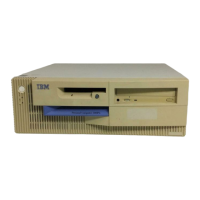
